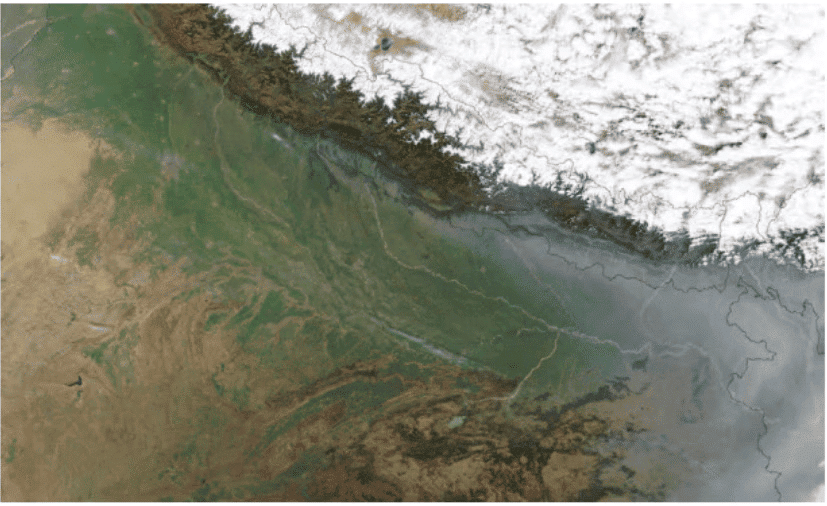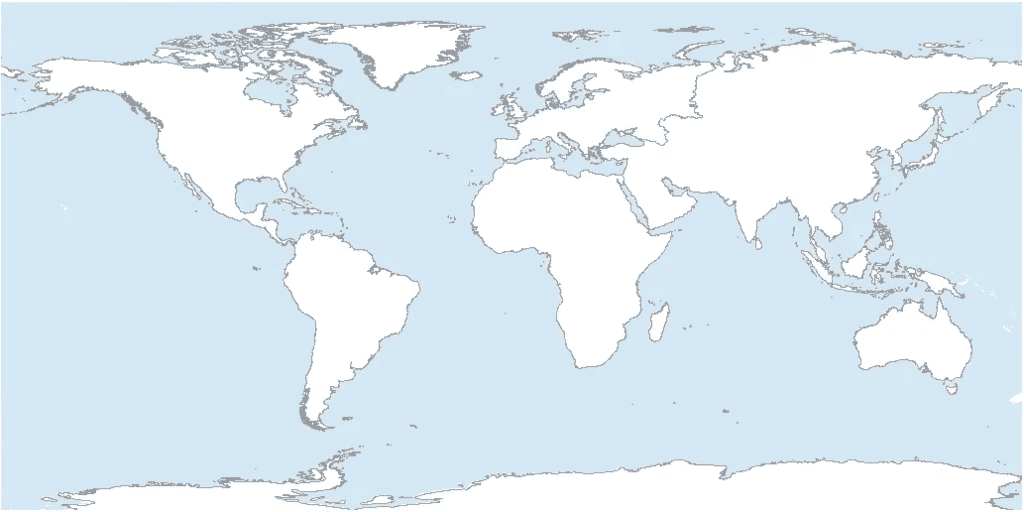Class 6 Social Science: Sample Paper -1 | Sample Papers For Class 6 PDF Download
| Table of contents |

|
| Section A [1 x 15 Marks] |

|
| Section B [2 x 7 Marks] |

|
| Section C [4 x 9 Marks] |

|
| Section D [5 x 3 Marks] |

|
Time: 3 hrs
Total Marks: 80
General Instructions:
- The question paper consists of 34 questions and is divided into four sections: A, B, C, and D.
- All questions are compulsory.
- Section A comprises question numbers 1 to 15. These are multiple-choice questions carrying one mark each. You are to select one most appropriate response out of the four provided options.
- Section B comprises question numbers 16 to 22. These are short-answer questions carrying 2 marks each.
- Section C comprises question numbers 23 to 31. These are short-answer questions carrying 4 marks each.
- Section D comprises question numbers 32 to 34. These are short-answer questions carrying 5 marks each.
Section A [1 x 15 Marks]
Q1: What distinguishes mountains from hills as landforms?
(a) Mountains are always snow-capped, while hills are not
(b) Mountains have steep slopes and narrow summits, while hills are lower with rounded tops
(c) Hills are younger in geological terms than mountains
(d) Mountains are flat on top, while hills have steep slopes
Q2: What is the primary purpose of the Panchayati Raj system?
(a) To provide entertainment
(b) To centralize governance
(c) To bring governance closer to the rural population
(d) To increase taxes
Q3: Which ancient Indian text uses "Bhāratavarșha" to encompass the entire Subcontinent, including rivers and peoples?
(a) Rig Veda
(b) Viṣhṇu Purāna
(c) Mahābhārata
(d) Constitution of India
Q4: If it is 12:00 pm (noon) at the Prime Meridian, what is the local time at a location with a longitude of 45° W?
(a) 3:00 pm
(b) 9:00 am
(c) 12:00 am
(d) 6:00 pm
Q5: What concept is illustrated by the widespread use of staple grains like rice, wheat, and millets across India, despite the vast variety of regional dishes?
(a) Cultural isolation
(b) Unity in diversity
(c) Economic disparity
(d) Linguistic uniformity
Q6: Why does the Earth appear mostly blue when viewed from space?
(a) The atmosphere scatters blue light more than other colors
(b) Water covers nearly three-fourths of the surface, reflecting blue
(c) The landmasses are smaller and less visible from a distance
(d) Clouds over the oceans create a blue tint
Q7: What role does the secondary sector play in the economy?
(a) It only sells goods produced by the primary sector
(b) It processes and manufactures goods from raw materials
(c) It provides educational services only
(d) It handles international trade exclusively
Q8: Which principle shared by Jainism and Buddhism emphasizes not just avoiding physical harm but also negative thoughts toward others?
(a) Karma
(b) Ahimsa
(c) Dharma
(d) Rebirth
Q9: What happens to the date when you cross the International Date Line traveling eastward?
(a) It stays the same, but the time changes by 12 hours
(b) You subtract one day, moving back in time
(c) You add one day, moving forward in time
(d) The date doubles, skipping a full day ahead
Q10: What did the Harappans build at Lothal for trade?
(a) Reservoir
(b) Dockyard
(c) Bath
(d) Wall
Q11: What is the primary purpose of family relationships according to Indian traditions?
(a) To provide financial support to each other
(b) To maintain traditions and practices
(c) To build relationships based on love, care, cooperation, and interdependence
(d) To create a formal structure within the household
Q12: Why are oceans considered the "planet’s lungs"?
(a) They regulate global temperatures like lungs control breathing
(b) They produce over half of the world’s oxygen through marine plants
(c) They absorb carbon dioxide from human activity
(d) They circulate air currents across the globe
Q13: What illustrates a direct application of grassroots democracy?
(a) A president making a unilateral decision
(b) Citizens voting directly on specific issues
(c) Representatives voting on behalf of people
(d) Courts deciding laws without public input
Q14: Why might excessive tourism pose a threat to mountain environments?
(a) It depletes mineral resources through mining
(b) It disrupts the fragile balance of the ecosystem
(c) It lowers the altitude of mountain peaks
(d) It increases sediment deposits in rivers
Q15: What major shift occurred in human societies after the last Ice Age ended around 12,000 years ago?
(a) They began using metals like copper and iron
(b) They settled near rivers, cultivating crops and domesticating animals
(c) They built the first cities in Mesopotamia
(d) They invented pottery for storing goods
Section B [2 x 7 Marks]
Q16:What is the difference between a map and a globe?
Q17: Name two continents that are entirely in the Southern Hemisphere.
Q18: How do plains support human life?
Q19: What are archaeological sources? Give one example.
Q20: Why is India called a subcontinent?
Q21: What was the importance of seals in the Harappan civilization?
Q22: How do ancient stories like the Ramayana reflect India’s cultural roots?
Section C [4 x 9 Marks]
Q23: (i) What are latitudes and longitudes?
(ii) How do they help us locate places on Earth?
Q24: (i) Name two major oceans and two major continents.
(ii) How do oceans influence the climate of nearby land areas?
Q25: (i) What is a plateau?
(ii) Give an example of a plateau in India and explain its importance.
Q26: (i) What is the difference between history and prehistory?
(ii) Name one source used to study each period.
Q27: (i) What is the significance of the term "Jambudvipa" in ancient texts?
(ii) How does it relate to India’s geography?
Q28: (i) What was the Great Bath in the Harappan civilization?
(ii) What does it tell us about their society?
Q29: (i) How did the Vedas influence India’s cultural roots?
(ii) What is one example of a value they teach?
Q30: A and B are two levels of local government. Level A operates in rural areas and is led by a Sarpanch. Level B operates in urban areas and is responsible for services like water supply and roads.
(i) Name Level A.What is the role of the Sarpanch in Level A?
(ii) Name Level B.
(iii) Give one example of a service provided by Level B.
(iv) Why is local government important for democracy?
Q31:
(i) Which colour is the Ganga plain?
(ii) What does the white expanse represent?
(iii) What does the brown expanse at the bottom left of the image represent?
(iv) Can you give examples of river sources or confluences from your region that are regarded sacred by any community?
Section D [5 x 3 Marks]
Q32: Explain the structure and functions of a Gram Panchayat. How does it help in rural governance?
Q33: Label the Continents in the Following Map. 
Q34: Describe the different types of economic activities around us. Give one example of each type and explain how they contribute to society.
The solutions of the Sample Paper - 1 Here
FAQs on Class 6 Social Science: Sample Paper -1 - Sample Papers For Class 6
| 1. What are the main topics covered in Class 6 Social Science? |  |
| 2. How can I prepare effectively for the Class 6 Social Science exam? |  |
| 3. What types of questions are usually asked in the Class 6 Social Science exam? |  |
| 4. Are there any specific study materials recommended for Class 6 Social Science? |  |
| 5. How important is map work in Class 6 Social Science? |  |





















